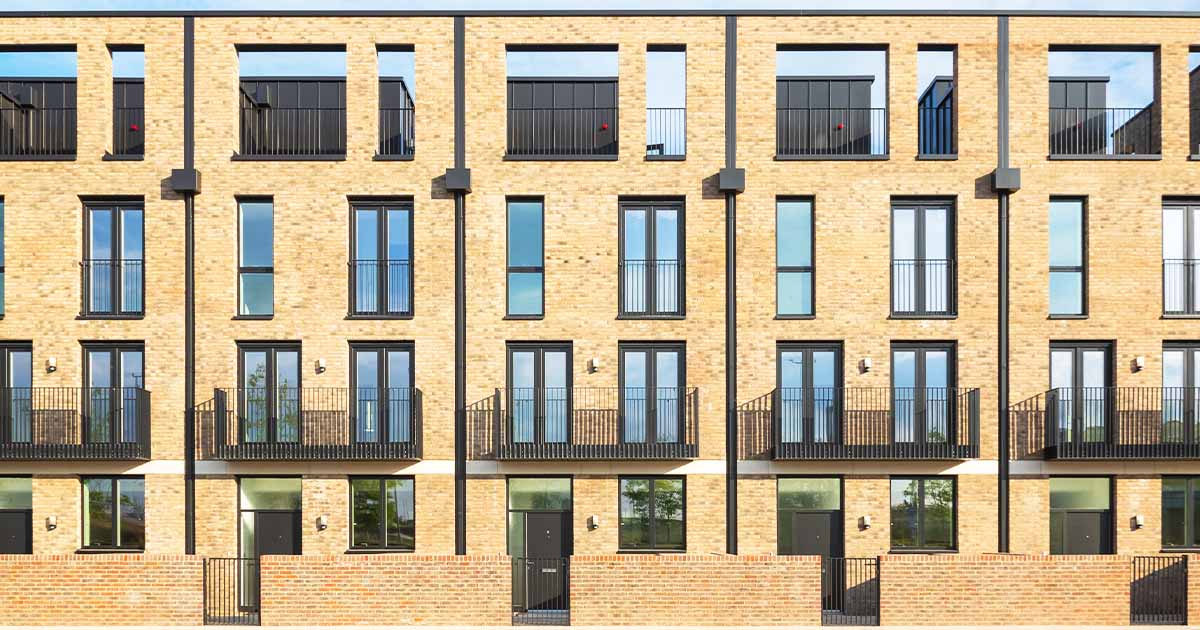Corporate occupiers and tenants
Our Occupier team goes beyond just legal advice. We deliver value at every step, from negotiating heads of terms to move-in day. Whether it’s a major office HQ or a small space requirement, we bring expertise and insight to every corporate relocation, expansion, or first-time acquisition.
As a top real estate law firm, we understand the intricacies of occupational property, including building fabric, MEP systems, and landlord services. Our comprehensive approach ensures your business gets more than just legal support – we provide strategic value that drives success.
We have expertise across a number of sectors where we are strategic partners to some of the biggest names across various industries. We proudly represent giants in the film and media sector, showcasing our deep industry knowledge and robust client relationships.
-
Tech, Media, and Telecoms
From print media to telecommunications, we understand the unique challenges and opportunities in these fast-paced industries.
-
Banking and Finance
We provide tailored advice to financial institutions, ensuring their real estate strategies align with their business goals.
-
Law and Professional Services
Our expertise helps professional firms optimise their office spaces and manage their property portfolios efficiently.
-
Film, TV, and Streaming
Our work with industry leaders highlights our capability to handle high-profile, large-scale projects.
-
Life Sciences
From big Pharma to spin outs, our expertise covers the intricacies and delicacies of all types of projects.
Our commitment to building strong, lasting relationships with our clients is at the heart of what we do. We take the time to understand your business, ensuring that our advice is not only legally sound but also strategically valuable. Let us help you turn your real estate challenges into opportunities for growth and success.

Office relocation guide chapter one: preparing to move
Ensuring that you have a detailed plan in place at the outset of your project is vital to ensure success.
Read chapter one









